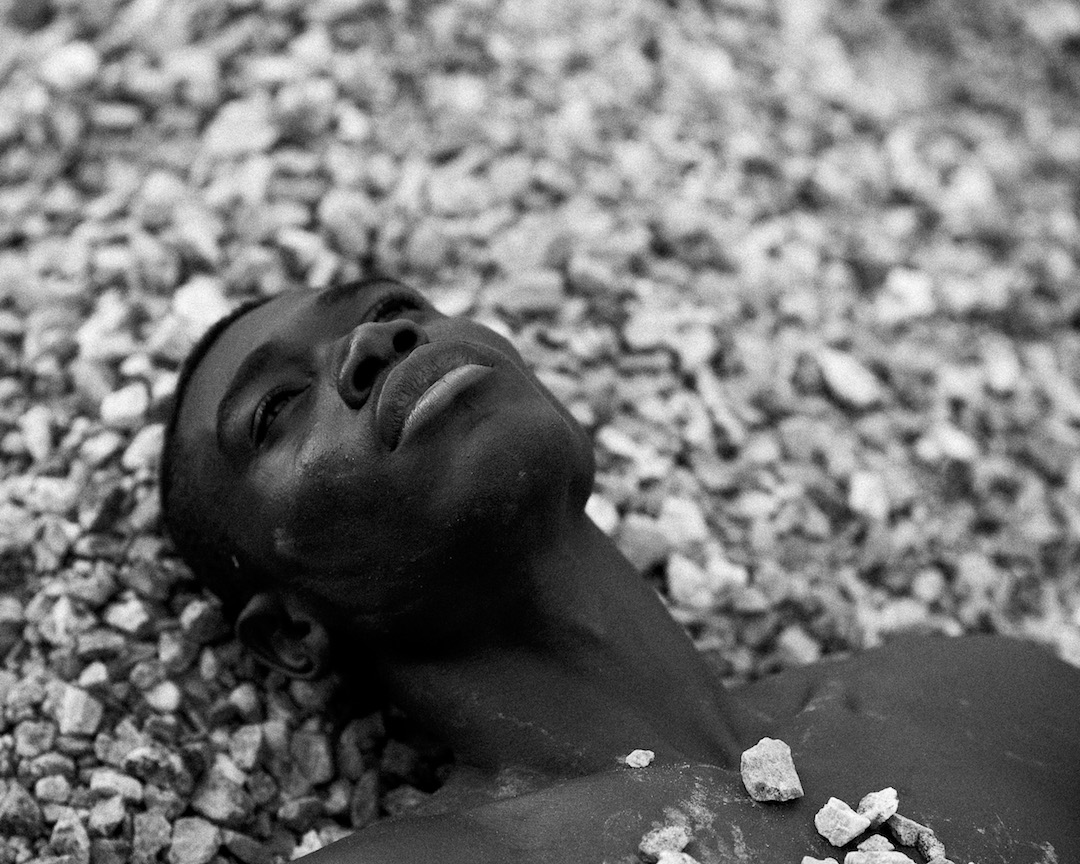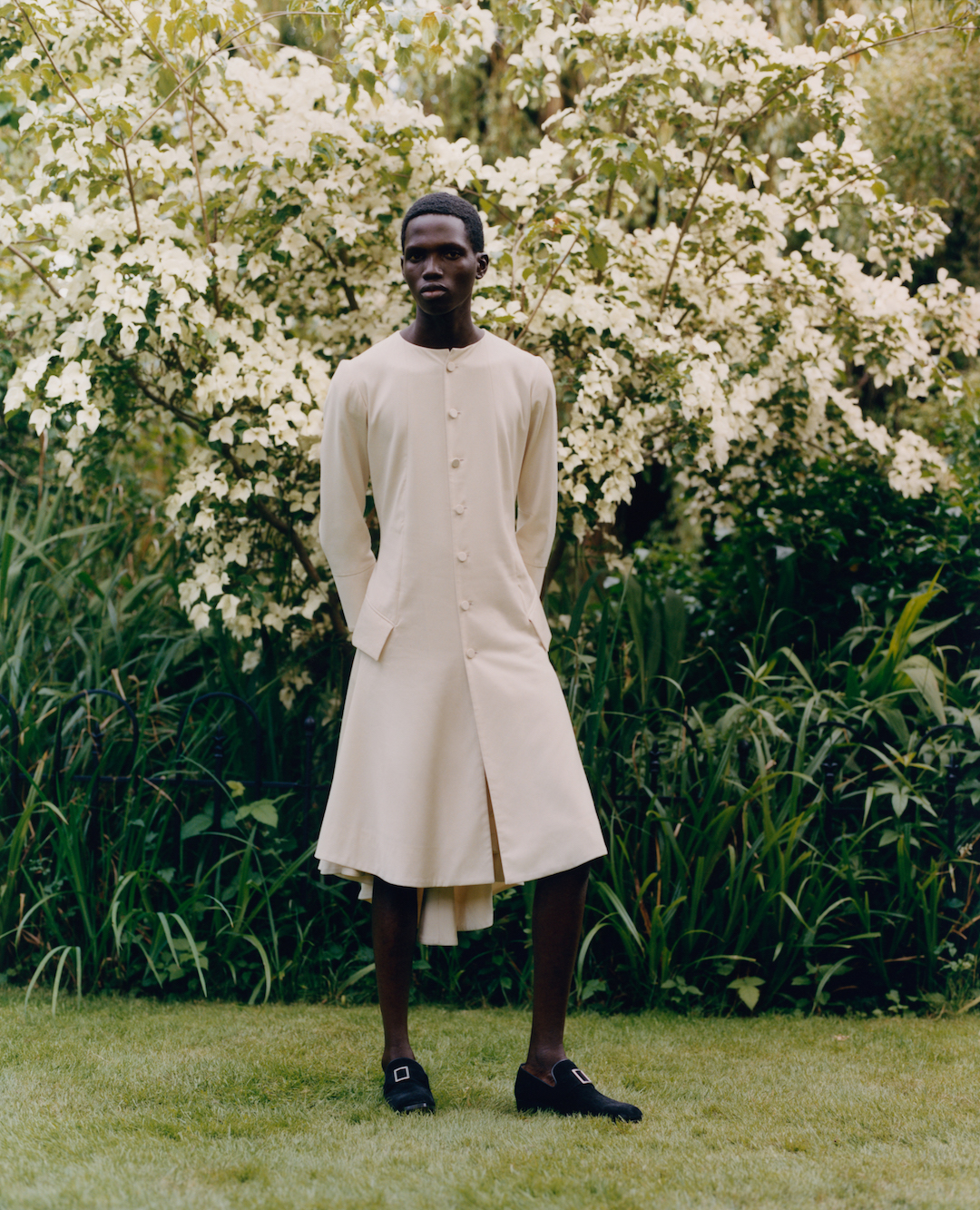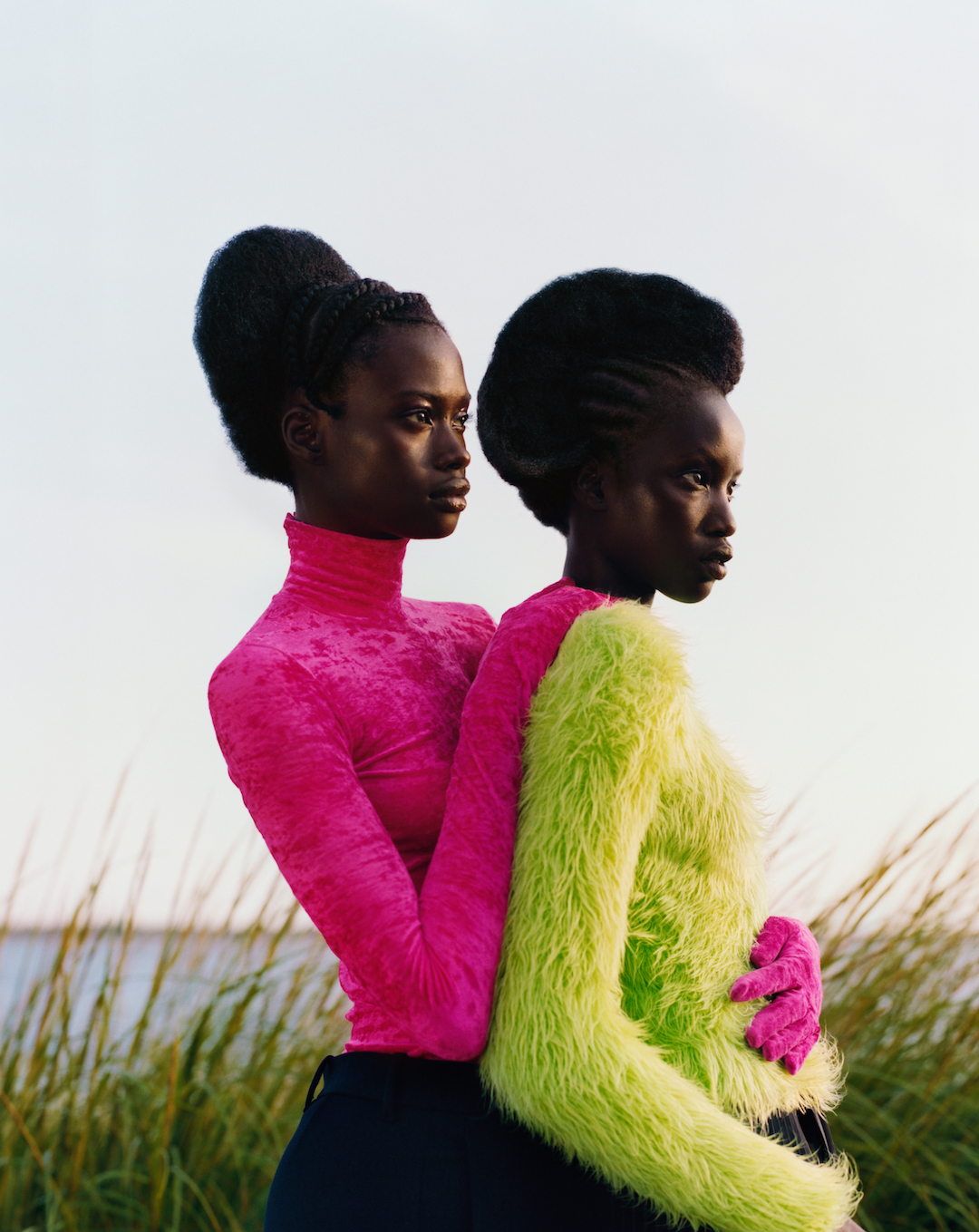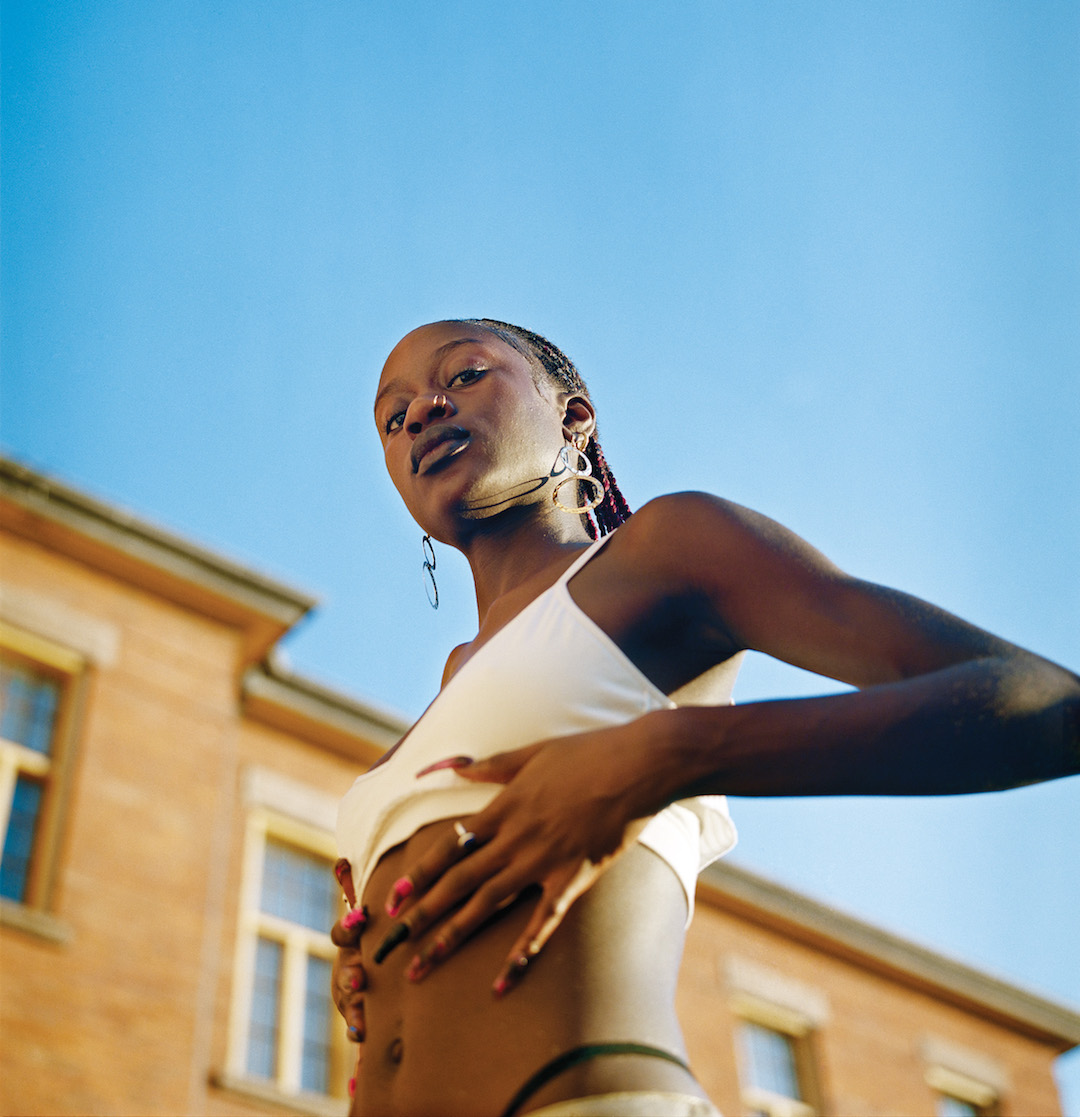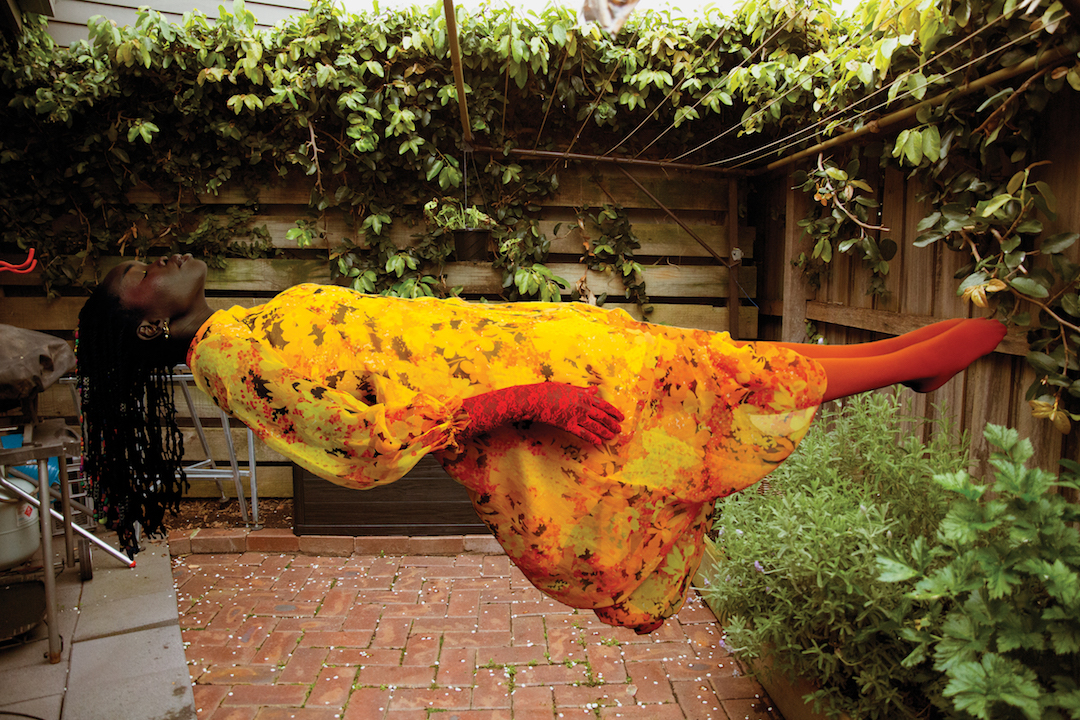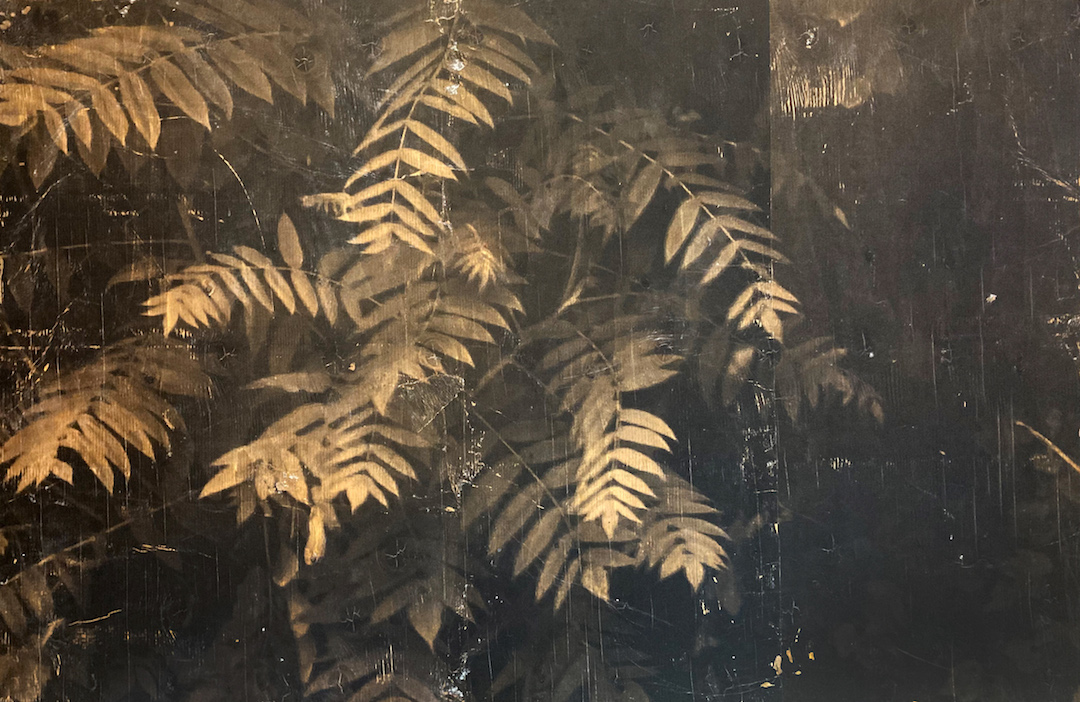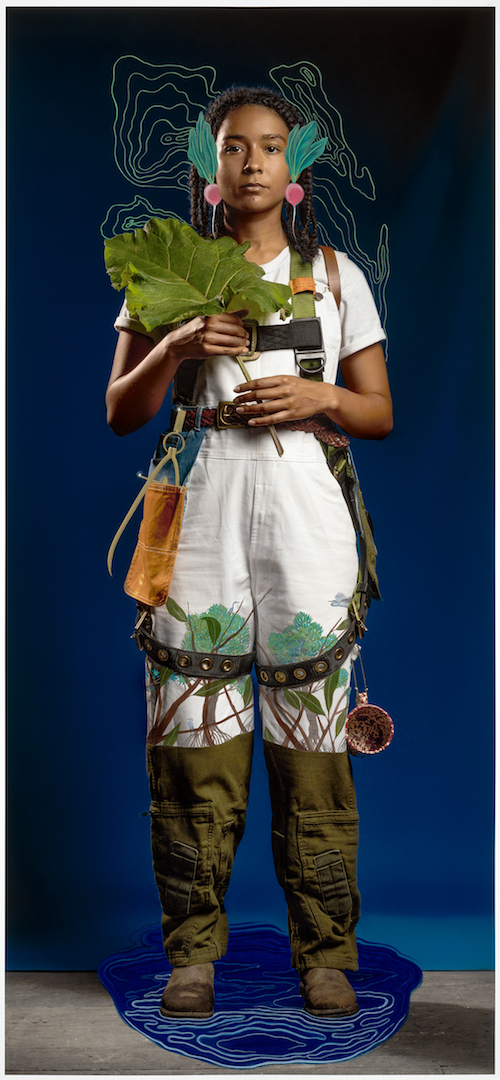Image © Kwasi Kyei, Repose V, from the series Bodies, 2018. Courtesy of the artist
This article is produced in partnership with Scotiabank CONTACT Photography Festival.
Taking place citywide, this year’s festival places explorations of identity and visibility at the heart of its programming, and looks towards new visions for the future
Look at the map for the 2022 Scotiabank CONTACT Photography Festival and you’ll discover a constellation of over 140 exhibitions stretching from the centre of Toronto out towards the city’s limits. With venues ranging from museums and galleries to public spaces such as billboards and parks, photography is set to assume myriad forms and shapeshift through the city over the coming months.
Among the core exhibitions of this edition, Atlanta-born photographer Tyler Mitchell is presenting work at three sites in Toronto, all curated by Mark Sealy, under the name Cultural Turns. This includes an exhibition at CONTACT Gallery, an outdoor installation at Metro Hall, and a presentation on billboards at Dupont and Dovercourt. While the exhibition features a full selection of Mitchell’s richly hued and intimate images, the Metro Hall installation comprises just 13 large-scale portraits of models amidst colourful flowers and green spaces. Meanwhile, the billboards focus even further, featuring images that celebrate the Black gaze through the self-assured, unfaltering stares of two people on one billboard and a close-up of a face on another as they look directly into Mitchell’s lens.
Now based in New York, Mitchell has become known for his visionary images celebrating the Black experience, so for CONTACT, he and Sealy wanted to extend that by bringing “a bold vision to the city” and, as Sealy writes in his accompanying essay, to create an experience that melts away “the destructive binary politics of ‘us’ and ‘them’”. Addressing the objectifying colonial history of photography as it relates to Black bodies, Sealy writes that Mitchell’s work is about reflecting a defiant sense of Black being – “one that sheds the degrading skins of categorisation and classification so evident in photography’s past”. Many of the themes in this work reverberate throughout the festival as a whole, including subjectivity and representation, visibility and social possibility. Mitchell and Sealy will also present a live conversation as part of a wider public programme of Festival talks and events.
Canadian photographer Jorian Charlton is another artist showing work in different spaces, and like Mitchell she too deals with the reclamation of visibility for people of colour. Alongside Out of Many – a solo exhibition at the Art Gallery of Ontario that runs until 07 August – she also has a mural presented on the façade of a Victorian-era building at one of the busiest intersections in Toronto. Entitled Georgia, the work comprises a single portrait taken from Georgia and Kukua, a project about Black sibling relationships which began in 2020. The photograph depicts Georgia, a young Black woman, standing tall and holding herself in a pose that transmits both softness and strength. With the camera positioned below and looking up, Georgia stares back down at the viewer, making it a perfect fit to overlook the street below.
“This is a quintessential image from Jorian’s body of work,” says Solana Cain, curator of the exhibit. She explains how Charlton shares agency with her models by inviting them to direct their own poses and naming each work after the person depicted. “This process is Jorian’s way of pushing back at photography’s imperialist history, countering colonial photographic practices, and addressing the restriction in movement and over-surveillance of the Black community that continues today.” In this sense, it means something to have an image taking over a building with roots in the colonial era, and to have it be huge. Charlton agrees, saying the best thing about the work is that “you can’t miss it! I love that Black women are taking up space and being seen because representation is important”. Charlton is also part of fi di gyal dem – a virtual exhibition in collaboration with artist Kadine Lindsay that celebrates the interior lives of Black women through a mix of portraits, paintings and animation.
Also showing on a larger-than-life scale is Melbourne-based, South Sudanese artist Atong Atem, whose project Surat is taking over five billboards along a busy streetcar line in downtown Toronto. Surat – which translates from Sudanese-Arabic as ‘snapshot’ – sees Atem take her family’s photo albums and reimagine them in self-styled new images. Donning different outfits and playing the roles of various characters, Atem poses before makeshift backdrops with props including hats and flowers. It is a project about photographing and being photographed, self-portraiture, and, says Atem, it is about movement and the migrant narratives of the African diaspora too – tracing her people through time and geography.
Meanwhile presented by BAND Gallery at the Meridian Arts Centre, is Ghanaian photographer Kwasi Kyei’s Honam: An Akan Word for Body – an exhibition of striking black-and-white images curated by Courtnay McFarlane. As with some of the other artists on this year’s roster, Kyei makes work in conversation with the history of Black representation – specifically of Black males. With a particular focus on the beauty of Black skin, Kyei captures his models lost in moments of easy joy or reflection, in both studio and outdoor settings. “The images explore Blackness and diasporic and complex African maleness through formally and stylistically varying images, generally stark with strong contrasts, light-filled with deep and subtle gradients and emphasising varied shades,” he explains.
Another key theme threading throughout this year’s programme is art-making as it relates to conversations around the environment and the future. Continuing the aforementioned theme of movement narratives, Toronto-based artist Sandra Brewster is exhibiting the installation Roots – a meditation on Blackness and being outdoors, curated by Kari Cwynar and Charlene K Lau. Developed during Brewster’s one-year residency at Evergreen Brick Works, a former quarry, Roots is a series of images of plant life from the surrounding Don Valley. Brewster has then imprinted these images onto wood panels using a gel-transfer technique and installed them along the tree-lined Beltline nature trail that leads to the Evergreen Brick Works site.
What is so exciting about this project is twofold, says Lau – it’s a major public commission, but there’s also the inherent collective efforts behind it. “Brewster collaborated on participatory research in situ with the scholar and advocate Jacqueline L Scott,” she explains, “and this communion between Brewster, Scott, and the folks brought into the fold in their exploratory walks are at the core of Roots – which is about offering safe, joyful outdoor experiences for Black communities.” Beyond this, she continues, the act of movement from one place to another also embodies not only Brewster’s family story of migration from Guyana to Toronto but also, “the distant and recent histories of those in the Caribbean diaspora who now call Toronto/Tkaronto their home” – Tkaronto being the indigenous name for the city. Through the work, Lau says, she hopes that viewers will “enjoy the nourishing effects of outdoor activity” while also taking a moment to “pause and reflect on our own bodies in space, our ancestral histories, and our memories”.
Using photography as a way to envision potential futures, Memory Work Collective are presenting a mural of 12 images at The Bentway – an urban park located under an expressway. Described as “portraits of revolutionary figures from a future Toronto“, the people depicted in the photographs are all members of a group of change-makers known as the Mothers of Invention, which includes scientists, healers and organisers among others. The work asks what would happen if these people were to become leaders of a transformed city – one that centres on care and nurturing politics. Each of the images in the series is a portrait of a living person that has thus been made into a sort of icon through a process the group refers to as ‘embellished photography’.
Speaking on behalf of the collective, Macy Siu and Robert Bolton describe the idea: “The individuals photographed are people whose lives and work signal the future world we’re anticipating. Members of the collective Tala Kamea and Naomi Skwarna had the idea to use the characters’ aprons as a canvas that reveals their roles in the world through the tools and uniforms of their labour. The aprons they created become clues to the ways of this future society. Omii Thompson then photographed each of them, and Rajni Perera painted a layer of future onto each portrait.” The physical interventions made by Perera include painted lines and symbols that conjure dream-like visions and invite us to contemplate new ways of living.
At CONTACT this year, space for critical dialogue and the consideration of alternative futures is foregrounded, and in collaborating with a broad group of artists both Canadian and international, the people behind it have worked to give photography an omnipresent, physical place throughout the city. Having facilitated immersive experiences designed to mutually comfort and challenge audiences, its 2022 programme offers myriad visual prompts for reflection and collective action, to both knowing visitors and the wider public alike.

